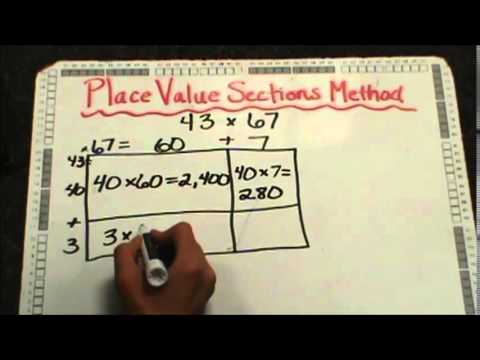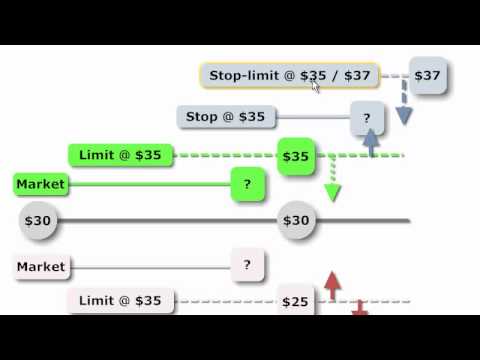Important MCQs of Elasticity of Demand Microeconomics class 11
Contents
If there is a change in income of the household, or in prices of the related commodities or in tastes and fashion etc. the inverse demand and price relation may not hold good. When the price of a commodity falls, it becomes relatively cheaper than other commodities. It induces consumers to substitute the commodity whose price has fallen for other commodities which have now become relatively expensive. The result is that total demand for the commodity whose price has fallen increases.
When commodities are complements, a fall in the price of one will cause the demand of the other to rise. Understand the difference between movement in the demand curve and shift of the demand curve. A) Change in the tastes of consumers at different prices.
The income of a household rises by 10%, the demand for T.V. It is important in Economics to make a distinction between a movement along a demand curve and a shift of the whole demand curve. Table 3 shows for our example of commodity X, the possible effect of an increase in income of the consumer. A 5% fall in the price of X leads to a 10% rise in its deamnd.

It is assumed that other determinants of demand are constant and ONLY PRICE IS THE VARIABLE AND INFLUENCING FACTOR. The government’s taxation policy also affects the demand for commodities. High tax on a commodity will lead to fall in the demand of the commodity. Generally, larger the size of population of a country, more will be the demand of the commodities.
Types of Elasticity of Supply
A movement along the demand curve indicates changes in the quantity demanded because of price changes, other factors remaining constant. A shift of the demand curve indicates that there is a change in demand at each possible price because one or more other factors, such as incomes, tastes or the price of some other goods, have changed. The opposite changes will shift the demand curve to the left. As against these when the price of the commodity rises, the consumer goes up the demand curve and when the price falls, consumer goes down the demand curve. In the case of complementary goods, as shown in the figure, a change in price of a good will have an opposite reaction on the demand of other commodity which is closely related or complementary. For instance, an increase in demand for pen will necessarily increase the demand for ink; so also bread and butter; horse and carriages, etc.
- A few of the technological factors which are included in the PESTLE analysis include the rate of technological change, the evolution of infrastructure, and any government or institutional research.
- PESTLE is a mnemonic which in its expanded form denotes P for Political, E for Economic, S for Social, T for Technological, L for Legal, and E for Environmental.
- Price elasticity of supply is of 5 types; perfectly elastic, more than unit elastic, unit elastic supply, less than unit elastic, and perfectly inelastic.
- For companies to remain nimble should the price of their products change, they need to maintain a high level of price elasticity of supply.
- The coefficient of price elasticity of supply of a good is 3.
PESTLE analysis forms a much more comprehensive version of the SWOT analysis. This form of analysis is then compared with the company’s internal strengths and weaknesses via a SWOT analysis. This aids in determining the future scope of action and in developing measures for strategic management.
Cross elasticity is the percentage change in quantity demanded of a product as a result of change in the price of its related product. Elasticity is one, or unitary, if the percentage change in quantity demanded is equal to the percentage change in price. Elasticity is greater than one when the percentage change in quantity demanded is greater than the percentage change in price. Elasticity is less than one when the percentage change in quantity demanded is less than the percentage change in price. Thus, expansion and contraction of demand means changes in quantity demanded due to change in the price of the commodity other determinants like income, tastes, etc. remaining constant or unchanged.
Meaning of Demand
When price of a commodity falls, the purchasing power (i.e. the real income) of the consumer increases. Inferior goods(E.g.Coarse grain; rough cloth; skimmed milk; etc.). Inferior goods are those goods for which superior substitutes are available Quantity demanded of this group of commodities Have an INVERSE RELATIONSHIP with the income of the consumer. A consumer starts consuming full cream milk in place of toned milk with an increase in income. Comforts and Luxurious (E.g. Car; Air-Conditioners; etc.) Quantity demanded of these group of commodities have a DIRECT RELATIONSHIP with the income of the consumers. As the income increases, the demand for comforts and luxuries also increases.
If the proportion of income spent on a goods remains the same as income increases, then income elasticity for the goods is equal to one. The numerical value of elasticity of demand can assume any value between zero and infinity. Elasticity is zero, if there is no change at all in quantity demanded when price changes i.e. when quantity demanded does not respond to a price change. There is one more type of elasticity of demand mostly studied in managerial economics i.e. It is the responsiveness of demand for a commodity to changes in the advertisement budget of its producers.
Technological improvements tend to lower marginal costs and average costs. This is because better technology allows the same amount of input to be used to generate higher output. As a result, producers are willing to supply which of the following influence price elasticity of demand denotes: more at the current price. Keeping the quantity supplied on the X-axis and the price of the commodity on the Y-axis, we can draw certain conclusions from the different values of elasticity of the supplied formula.

If two goods are perfect substitutes for each other cross elasticity is infinite and if two goods are totally unrelated, cross elasticity between them is zero. The incomes of a household rises by 5%, the demand for bajra falls by 2%. The income of a household rises by 10%, the demand for wheat rises by 5%. If a consumer is a habitual consumer of a commodity no matter how much its price change, the demand for the commodity will be inelastic. The longer the time-period one has, the more completely one can adjust. A homely example of the effect can be seen in motoring habits.
Law of Demand & Elasticity of Demand | Explained via Examples, Charts & Tables
The greater the proportion of income spent on a commodity, the greater will be generally its elasticity of demand and vice versa. The demand for goods like common salt, matches, buttons, etc. tend to be highly inelastic because a households spend only a fraction of their income on each of them. On the other hand, demand for goods like clothing, tends to be elastic since households generally spend a good part of their income on clothing. Strictly speaking the value of price elasticity varies from minus infinitity to approach zero from the negative sign, becausehas a negative sign. In other words, since price and quantity are inversely related price elasticity is negative. But for the sake of convenience, we ignore the negative sign and consider only the numerical value of the elasticity.

In ordinary speech, the term demand is many times confused with ‘desire’ or ‘want’.
Business Economics for CA Foundation
Thus if there is a 100% increase in price of a good and if the price elasticity is unitary, total expenditure of the buyer on the good will remain unchanged. Price elasticity of demand is a measure of the extent to which the quantity demanded of a goods responds to a change https://1investing.in/ in its price. When the numerical measure is less than one, we say that the demand is inelastic when it is greater than one, we say demand is elastic and when it is equal to one we say demand is unitary. Two special cases are when elasticity equals zero or infinity.
Advantages and Disadvantages of a PESTLE Analysis
The price of a commodity decreases from Rs.6 to Rs. 4 and quantity demanded for good increases from 10 units to 15 units. In the speculative market, particularly in stock and shares, more will be demanded when the prices are rising and less will be demanded when the price declines. The law of demand will also fail if there is any significant change in other factors on which demand of a commodity depends.
The law of demand is one of the most important laws of economic theory. According to law of demand, other things being equal, if the price of a commodity falls, the quantity demanded of it will rise and if the price of a commodity rises, its quantity demanded will decline. If the percentage change in the quantity demanded is greater than the percentage change in price , then a decrease in price will result in increase in revenues. In other case, if the percentage change in the quantity demanded is less than the percentage change in price, the increase in prices will result in increase of total revenue. In the case of inferior goods the income elasticity of the demand is Negative.
The competition has become so fierce in the market that every single decision can change the whole dynamics- either negatively or positively. 1.2 in the above solution is called Elasticity coefficient. Taxmann Publications has a dedicated in-house Research & Editorial Team. This team consists of a team of Chartered Accountants, Company Secretaries, and Lawyers.
Competing goods or substitutes are those goods which can be used with ease in place of one another. For example, tea and coffee, ink pen and ball pen, are substitutes for each other and can be used in place of, one another easily. When goods are substitutes, a fall in the price of one leads to a fall in the quantity demanded of its substitutes. For example, if the price of tea falls, people will try to substitute it for coffee and demand more of it and less of coffee i.e. the demand for tea will rise and that of coffee fall. Both individual and market schedules denotes an INVERSE functional relationship between price and quantity demanded. In other words, when price rises demand tends to fall and vice versa.
The Law of Demand expresses the nature of functional relationship between the price of a commodity and its quantity demanded. It simply states that demand varies inversely to the changes in price i.e. demand for a commodity expands when price falls and contracts when price rises. However, if Marginal Cost rises slowly, then Supply will be elastic. Here, \[E_\] denotes the elasticity of supply which is equal to the percentage change in quantity supplied divided by the percentage change in the price of the commodity.



